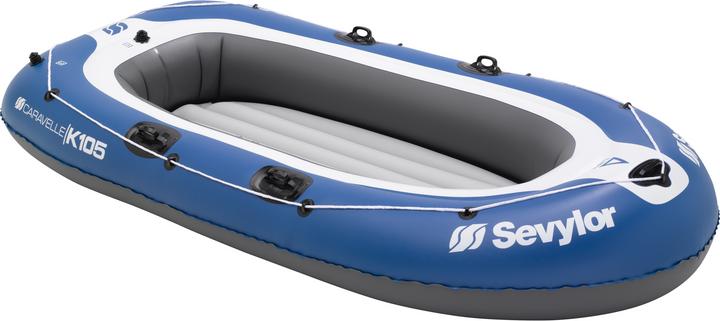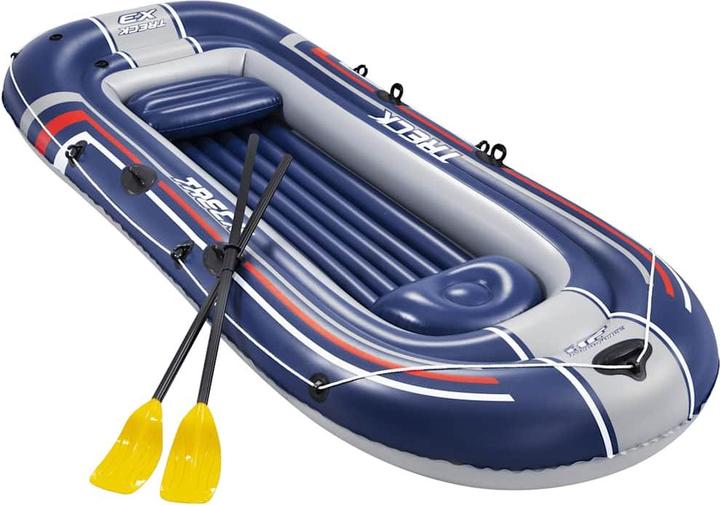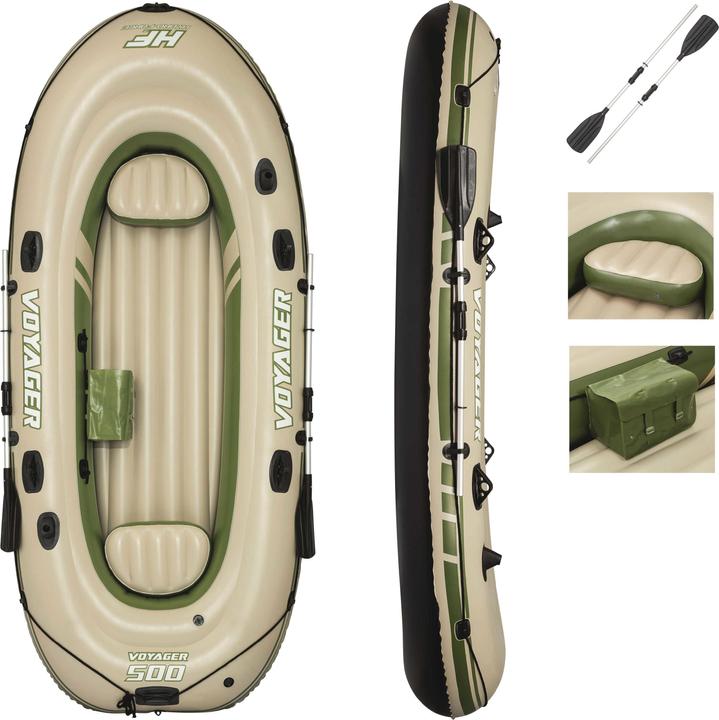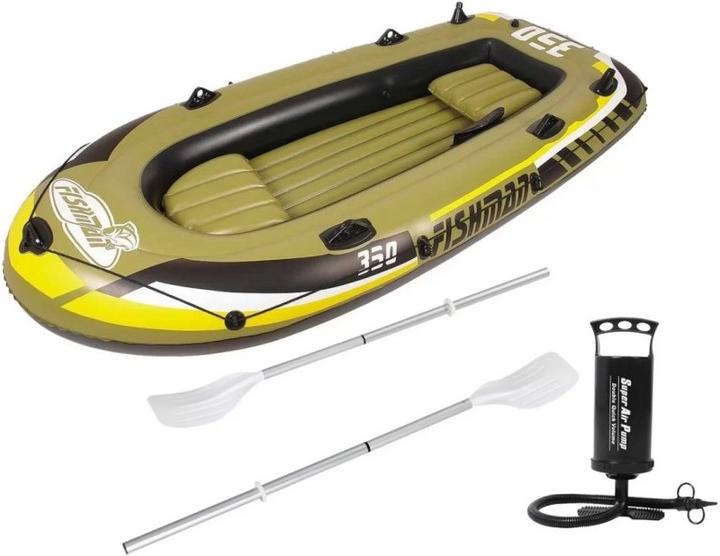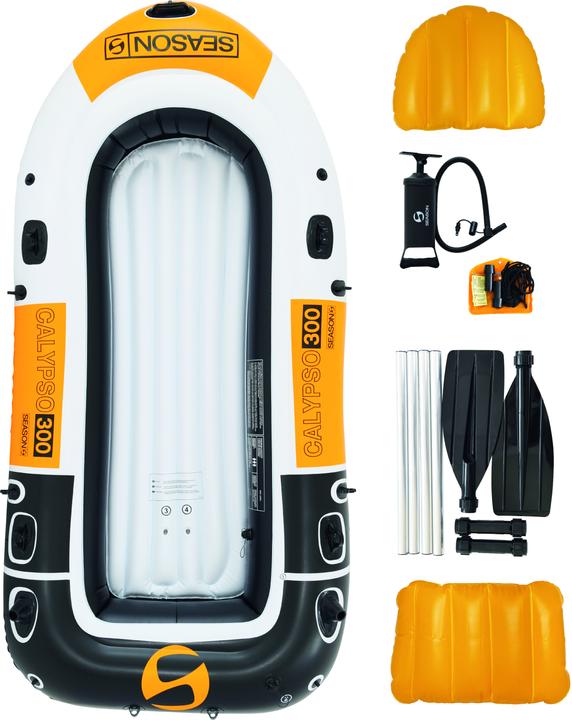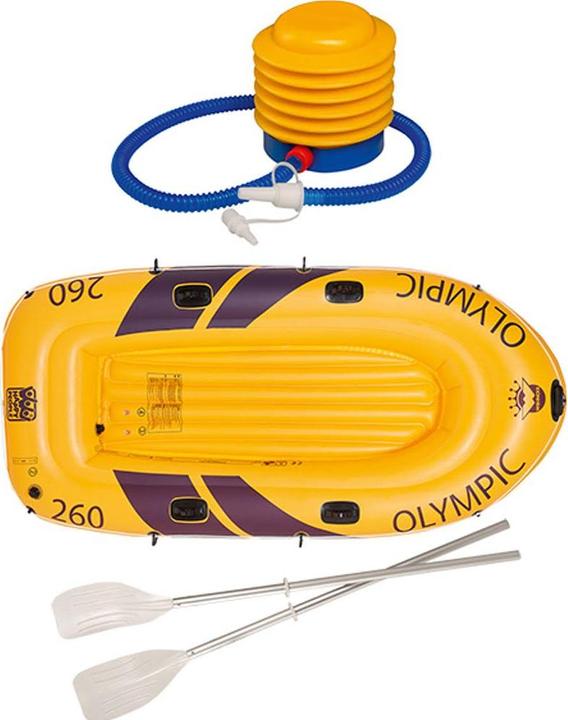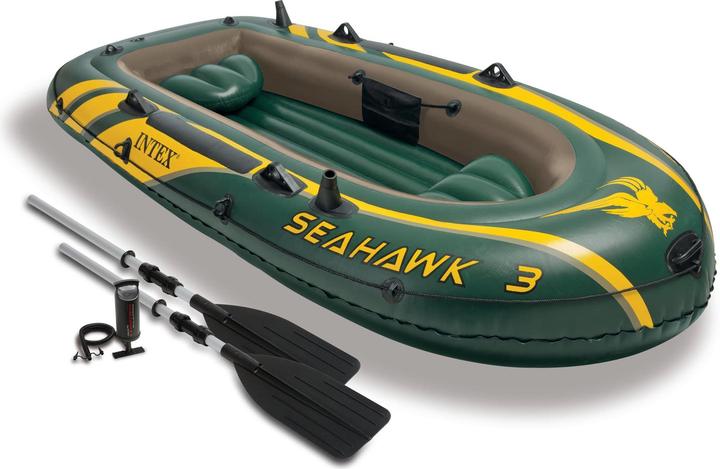
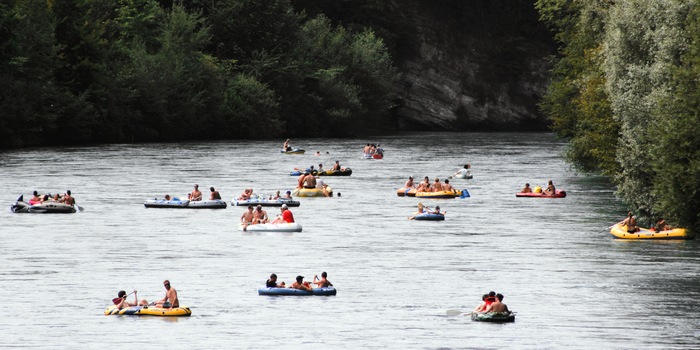
8 rubber boats in the comparison test - good also goes cheaply
It's jam weather on Swiss rivers, the rubber boat season is reaching its peak. But not all rubber boats are the same. The Kassensturz comparison reveals the differences in a practical test.
"He's got a bright red rubber boat," sang Norwegian pop singer Wencke Myhre back in 1970, and was a few decades ahead of the big Böötli trend. For about 15 years, the rubber boat - and its various relatives - have been virtually mainstream on Swiss lakes and rivers summer after summer.
Where there is great demand, there is great supply (market economics 1.0). In the current Kassensturz program, experts subjected eight boats to material and practical tests.
On the material side, puncture resistance and tear strength were tested in the Eurofins Qualitech materials testing laboratory in Winterthur. The conclusion: although there are certain differences, none of the boats fell off and for practical use in open waters they can all be used without hesitation.
The practical test was carried out by members of the Lucerne Lake Club, who assessed how well the boats could be inflated, how stable they were in the water under various conditions, and how well the paddles were able to move and maneuver. There were some clear differences here. The paddles supplied (too short) and in some cases the pumps (inefficient or poorly made) were almost universally criticized. One boat also lost air.
Two top marks, one test winner
With an overall score of 5.3, the Caravelle K105 from Sevylor and the Seahawk 3 from Intex scored best. The official Kassensturz test winner is the Seahawk, which is significantly cheaper with the same grade, also because the Caravelle paddle and pump have to be purchased separately.
The price-performance champion
With a score of 5.1, the Hydro Force Treck X3 from Bestway, the cheapest of all the boats tested, is only just behind the best.
Also good
With the marks 5,0 (Challenger 3 of Intex) and 5,2 (Voyager of Bestway, without pump) two further boats receive the evaluation good.
Only sufficient, but not cheap
The Jilang Fishman 350 and Season's Calypso 300 get an overall score of 4.5 and 4.6, respectively, making them sufficient. The unstable pump and insufficient instruction manuals led to deductions.
The pool boat
The worst in the test was the Olympic 260 boat from Happy People with a score of 3.9. The too small, inefficient pump and the too small paddles came off badly. In addition, the bottom lost air. Nevertheless, the testers from the Seeclub Luzern also attested that this boat was suitable for swimming pools.
Titelbild: flickr.com/sebastianmaier
Globetrotter, hiker, wok world champion (not in the ice channel), word acrobat and photo enthusiast.
From the latest iPhone to the return of 80s fashion. The editorial team will help you make sense of it all.
Show all